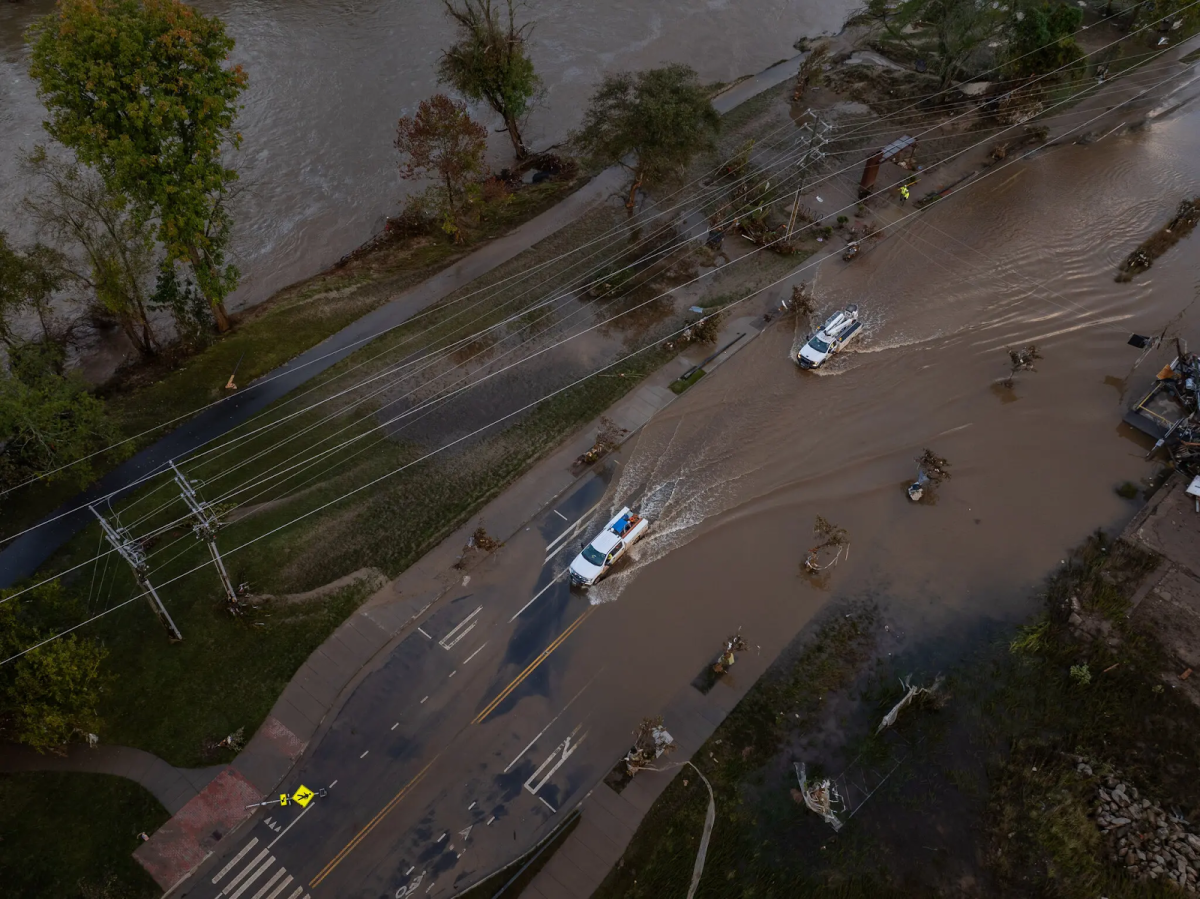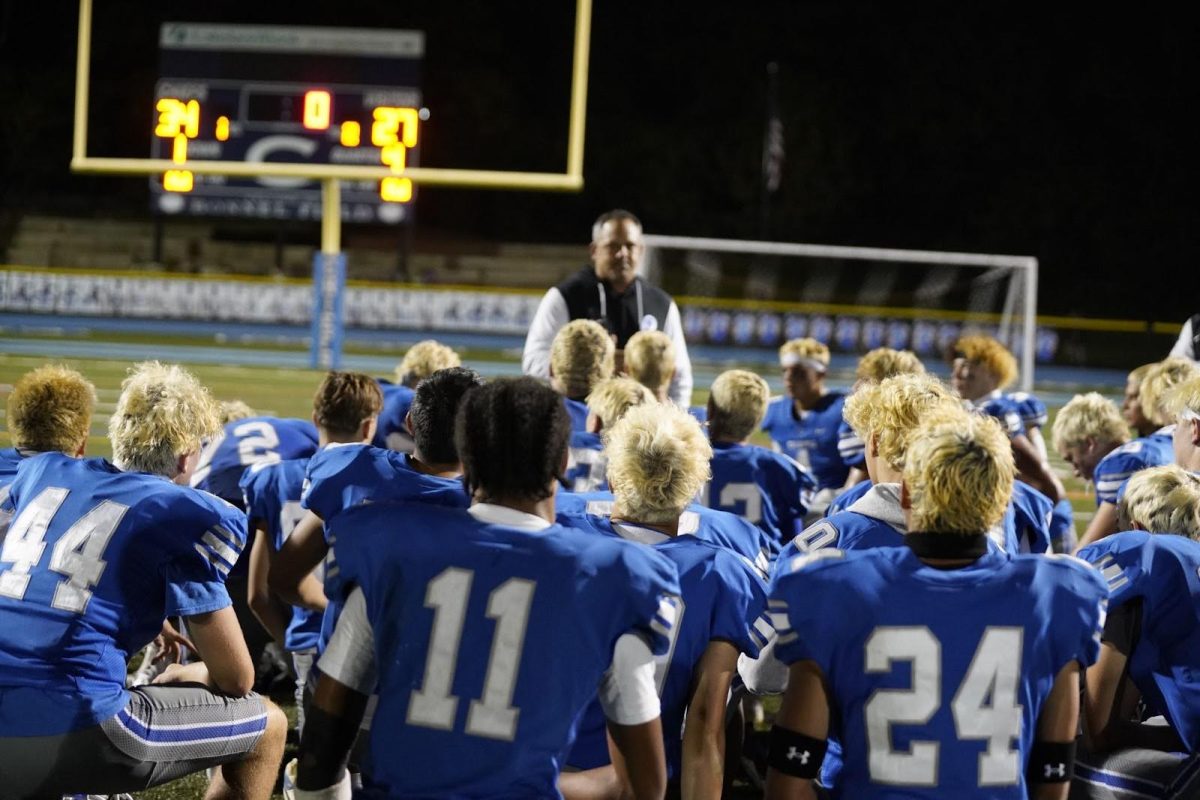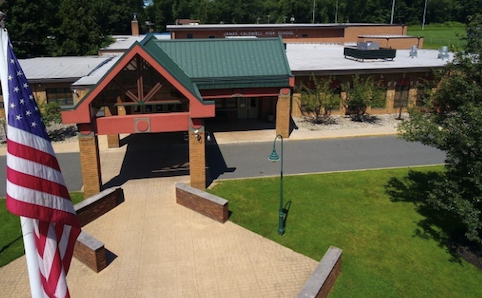Last year’s winter was reported to be the fourth warmest on record since 1896. This forced many ski resorts to open later and close sooner due to the lack of snow and cold weather. Unfortunately, this year’s winter isn’t proving itself to be much of an improvement from last year.
This is all part of an increasingly present trend: climate change. Although the issue has been well known to the public for many years, its direct impact hasn’t been felt by the public until recently.
During the winter season of 2011-2012, more than half of the ski areas in the United States had to shorten their seasons because changes in the weather made keeping the slopes open financially impossible. Shorter seasons mean less customers and, in turn, less profits. This would be a devastating blow to the multi-billion dollar skiing industry.
In response to the lack of snow, resorts have been relying less on nature and more on machines that can guarantee some coverage on the mountains. As of 2009, nearly 88 percent of all resorts in the National Ski Areas Association have been generating artificial snow, and many have become aware of this change.
Tom Nancoz, a senior, commented that, “Being an avid skier, I’ve noticed within the past couple years less real snow and more fake snow. Like when I went to Colorado, they were down from their annual snowfall of 300 inches.”
Although artificial snow makes up for the inconsistency in snowfall, there still remains the issue of temperature. In an interview with the New York Times on a 51-degree December day, Bruce McCloy, the director of marketing and sales at Mount Sunapee in New Hampshire, said, “The real problem with a day like this is that you can’t make more snow,” he said. “There are only so many days until Christmas, and we need so many days at certain temperatures to get the whole mountain done.”
The skiing industry is used to years when the weather does not hold up well enough to allow for successful seasons. This is in part because weather, by its nature, is unpredictable. Nonetheless, studies have reported that the current warming trend could magnify the $1.07 billion in lost profits that the skiing industry has already experienced in the past decade due to poor seasons. One report by the Natural Resources Defense Council and the Protect Our Winters organization said climate change, “…spells economic devastation for a winter sports industry deeply dependent upon predictable, heavy snowfall.”
It could be very likely that in the coming years, the once familiar resorts around New York state and Colorado will become one of the first and most visible victims of the growing trend of climate change.





























